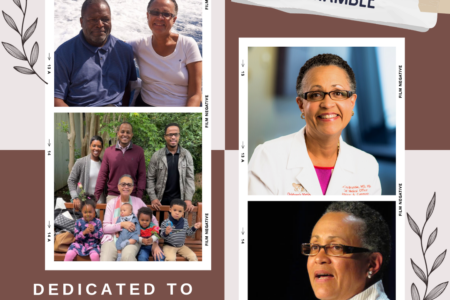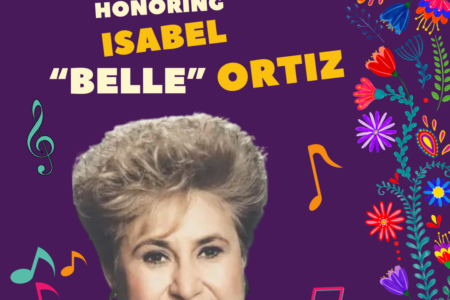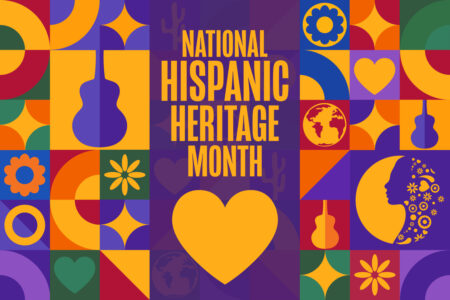Share On Social!
Steve Long knows the mission of the Children’s Museum of the East End is to spark imagination, play, and learning for all children in Bridgehampton, N.Y. (21% Latino).
But the museum has risen to a new level under Long’s leadership as executive director.
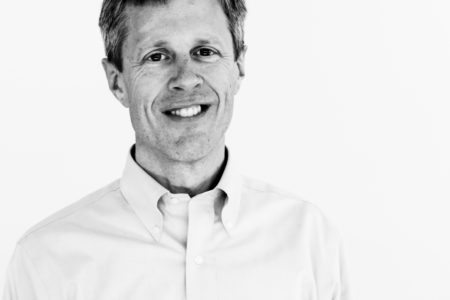
It has become a Latino community hub.
Long and the museum leaders host an afterschool science program for Spanish-speaking students. They partnered to host “safe space” workshops for Latino immigrants. They helped start an eight-week music program to enhance Spanish-speakers’ literacy skills.
They even added a mini-golf course with science-based facts in English and Spanish.
“[The museum] is having a lifelong impact on the development of Latino children and their families through these programs,” Long said.
The Museum’s Efforts to Meet Latino Community Issues
Latino families in the East End of Long Island in New York often face little access to healthy foods, active spaces, and quality healthcare and support services—just like Latinos in the rest of the U.S., according to Salud America! research reviews.
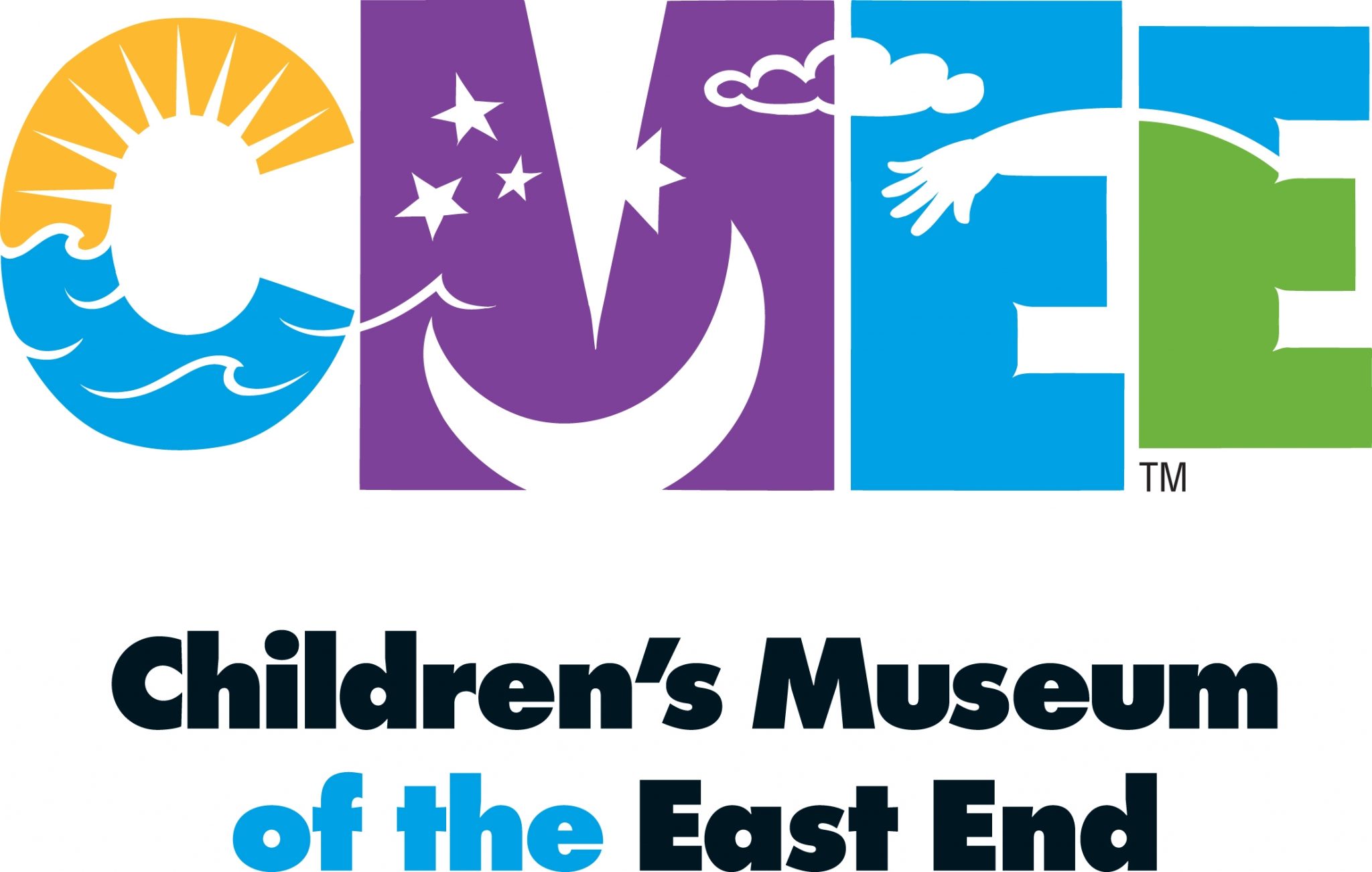 Long, who has been with the Children’s Museum of the East End since 2008, has seen the need to support Latino families.
Long, who has been with the Children’s Museum of the East End since 2008, has seen the need to support Latino families.
These families struggle with poverty, educational and language barriers, and more.
The children’s museum, which offers over 7,000 square feet of interactive, hands-on exhibits, classrooms, and performance space, has made a concerted effort to reach the Latino community, who comprise one-third of the museum’s 75,000 annual visitors, Long said.
New programs and partnerships began to focus on Latino families.
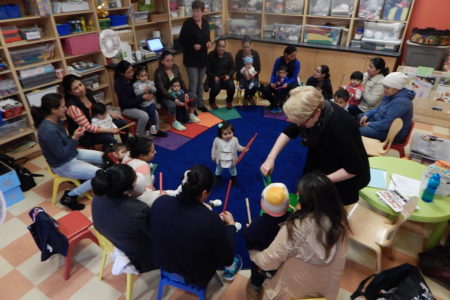
Head Start Center Inside the Children’s Museum
The museum made sure its offerings were culturally competent.
Museum and program brochures are all bilingual. Museum exhibits encourage play and exercise, taking aim at the obesity epidemic.
“By helping to reduce childhood obesity and the diseases associated with it, [the museum] can have a long-term positive effect on America’s health care costs”, Long said.
Eight years ago, they made an even bigger splash.
The museum partnered with Long Island Head Start to provide comprehensive early childhood education, health, nutrition, and parent involvement services to low-income and at-risk children and their families at the museum.
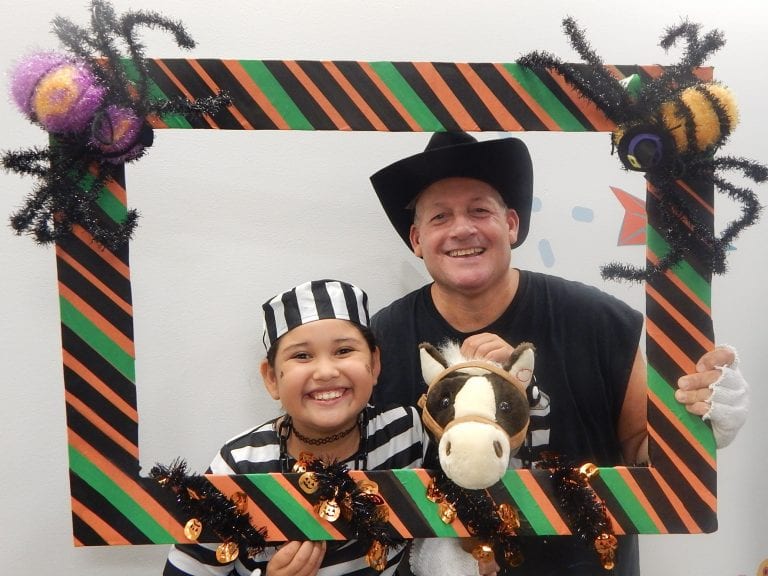
In fact, it is one of only two U.S. children’s museums to serve as a Head Start center.
“The museum’s impact has truly been remarkable for our students and their families, without a doubt,” said Dave Davis, a Head Start teacher at the museum, in a blog post. “The ability to take the learning experience beyond the classroom, and utilize the various facilities, both indoors and out, has increased the number of ‘aha’ moments exponentially.”
The museum wanted to do more.
Big Latino Programs & Partnerships at the Museum
Four years ago, officials started the museum’s annual Feria to celebrate East End Latino culture.
Feria attendees feature traditional cuisine, music, and art from Mexico, Guatemala, Colombia, Ecuador and Argentina, Patch.com reports.
But perhaps most importantly, the Feria raises money for disadvantaged Latino families to make educational treks to the Hispanic Society of America and the Bronx Zoo.
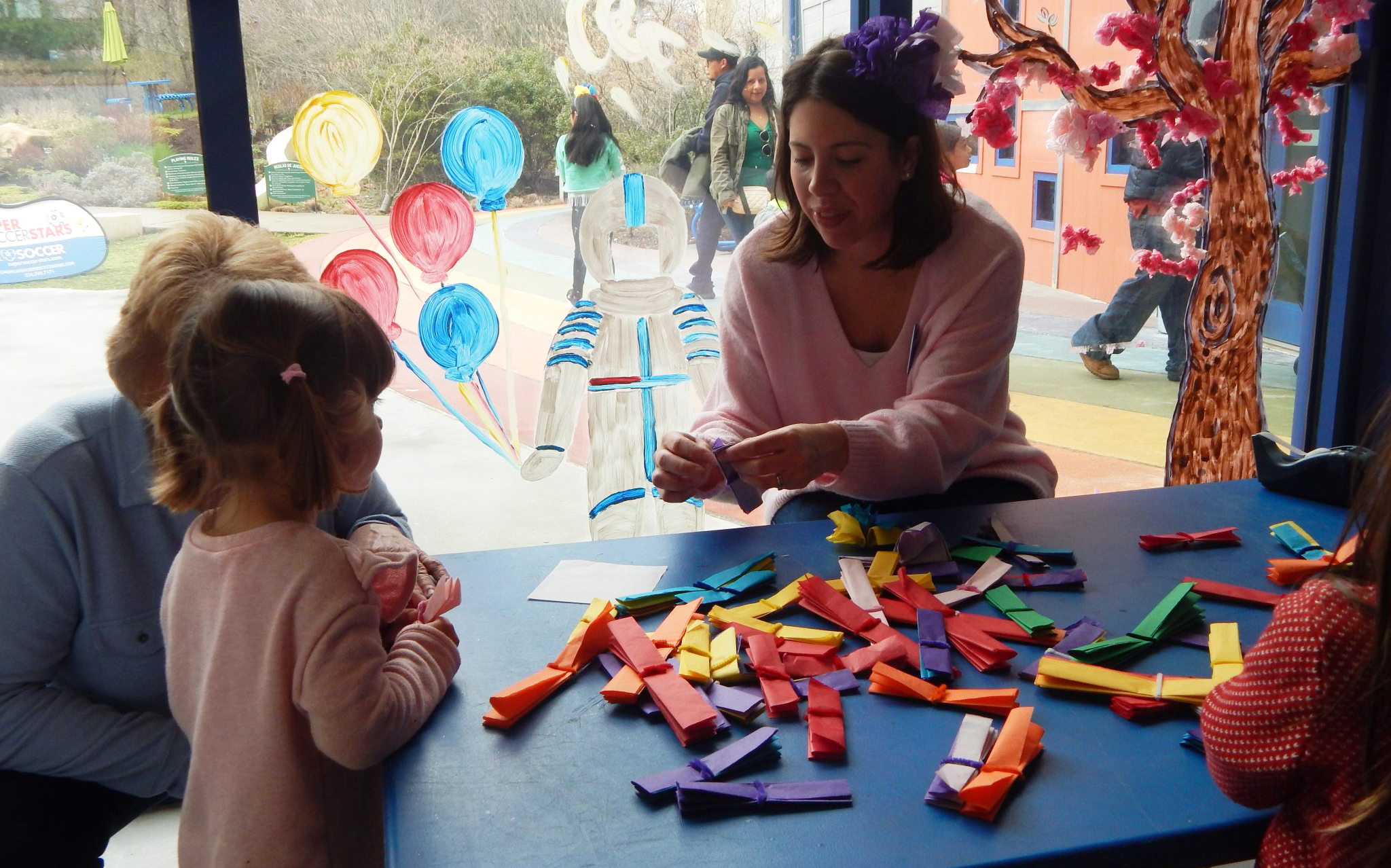
The museum also started a Latino Parents Advisory Council.
With funding from the Long Island Community Foundation and an idea from the parents council, Latino students and their parents can participate in Ciencia en CMEE (Science at the Children’s Museum of East End), an afterschool program designed for families whose first language is Spanish.
During the semester, students and families learned about the natural sciences, built observational skills, conducted experiments and art projects, and maintained science log books.
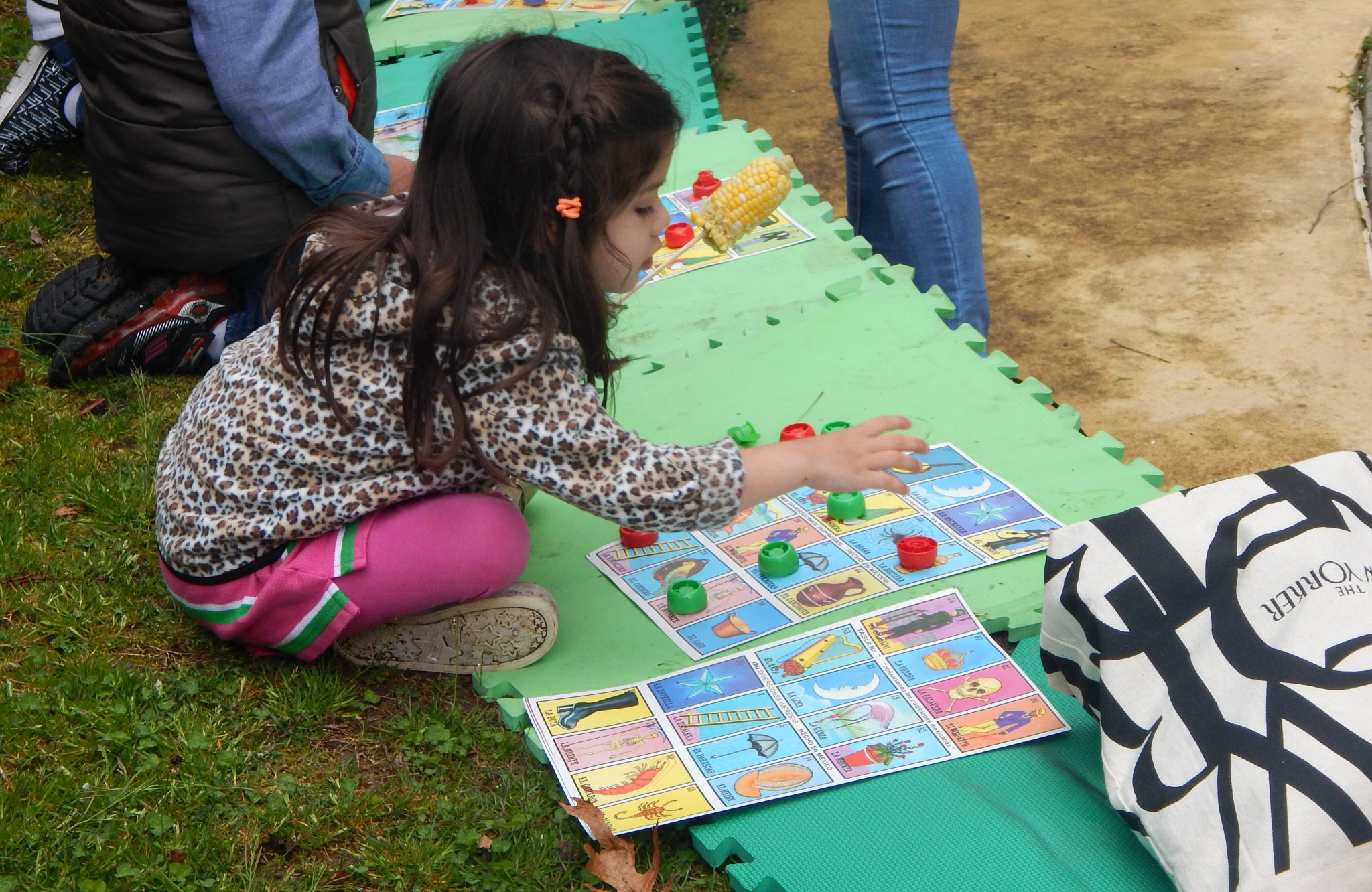
A recent semester focused on anthropology.
“Studying cultural anthropology this semester, the children explored their own family and cultural histories,” according to the museum website. “The semester culminated with a party at the Children’s Museum where families exhibited and described the family trees they had created.”
The museum also worked with Sandpiper Music for a new free family literacy initiative, Cantemos Juntos.
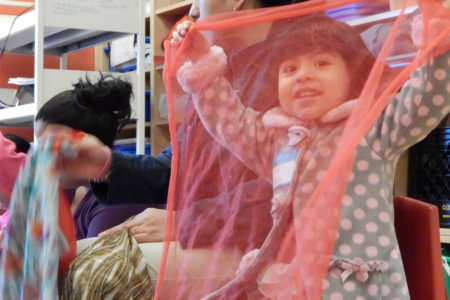
Cantemos is an eight-week semester of classes that uses music, art making, and reading to integrate the interactive literacy activities between parent and child. It promotes the parenting, literacy, and language skills of Spanish-speaking parents and their children.
“There were several ‘Mommy and Me’ classes that served native English speakers, but there was nothing for families how spoke primarily Spanish,” Long said.
Cantemos attendance each week ranges from 10-24 caregivers along with their children who range from 3 months to 4 years old.
Cantemos went so well that, as the first crop of children approached elementary school, some mothers requested a program for older children, Long said.
Bilingual Mini-Golf Education Program
A bilingual mini-golf course is another of the museum’s methods of Latino community connection.
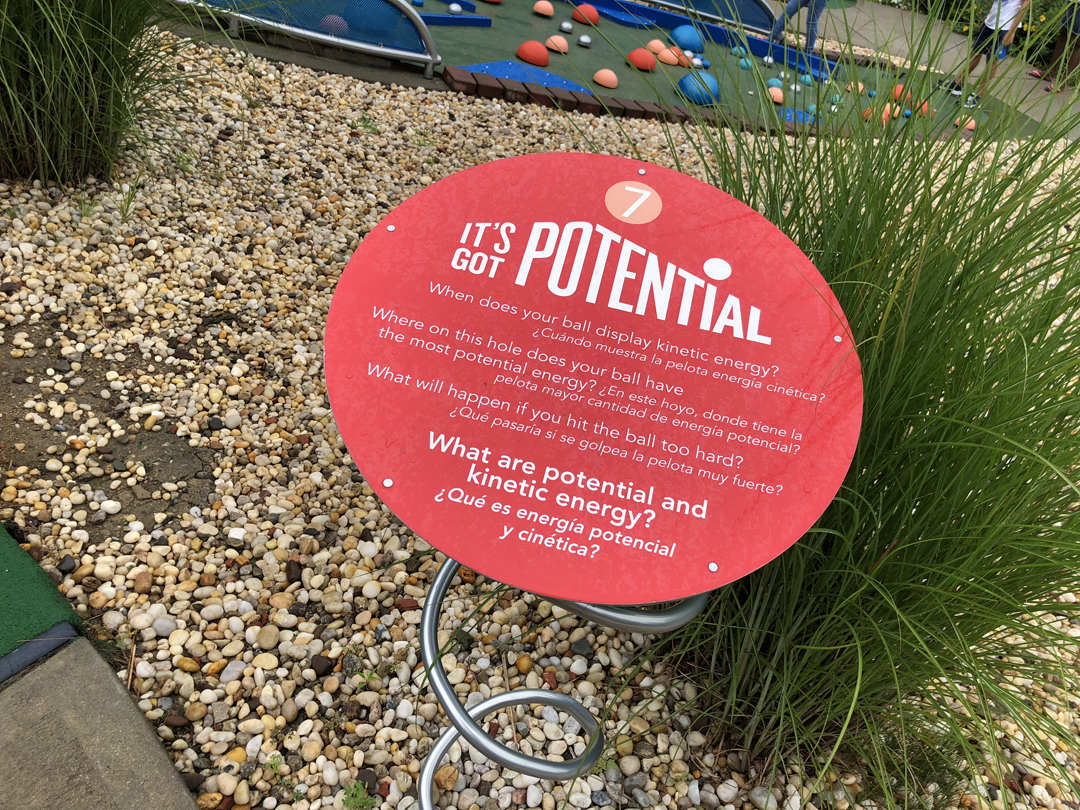 The museum’s Board of Trustees spearheaded a capital campaign that paid for design and construction of the course, with gifts from the Forbes, Clifford-Levy, and other families.
The museum’s Board of Trustees spearheaded a capital campaign that paid for design and construction of the course, with gifts from the Forbes, Clifford-Levy, and other families.
To develop the specific holes, what they thought would be fun to add to the course, like loops and bells, and then identified the physics and math concepts that each hole could teach, Long said.
The mini-golf course helps teach English- and Spanish-speaking children physics and math concepts in a fun way.
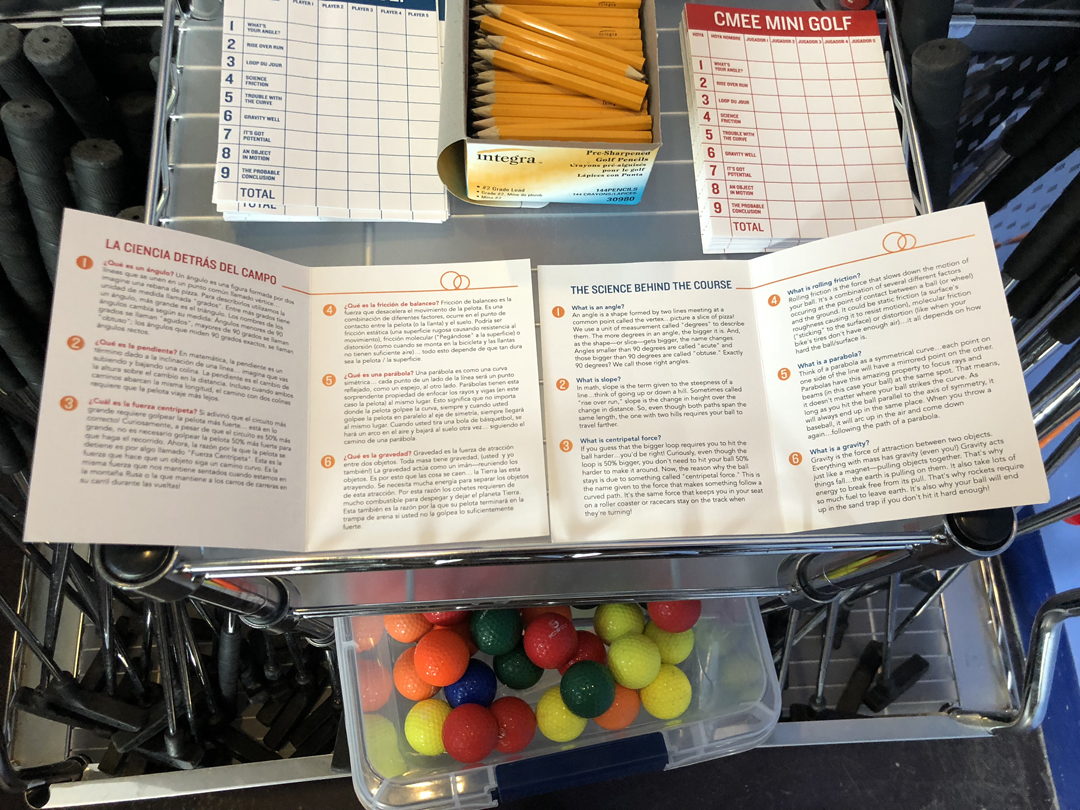 Holes are laid out in wacky designs with blue, orange and red adornments complementing the putting greens.
Holes are laid out in wacky designs with blue, orange and red adornments complementing the putting greens.
Players move through the nine holes in a clockwise motion, starting with an optional practice green. One hole has a loop de loop, another dots that chime with music when struck.
Each has a distinct look—and a distinct lesson.
The course is unique because all the written materials associated with it, i.e. the rules, scorecard, etc. are written in English and Spanish and the mini golf course is entirely wheelchair accessible.
‘Safe Space’ Workshops for Latinos
Long and the Museum also partnered with a local organization to hold “safe space” workshops at the museum for the Latino community.
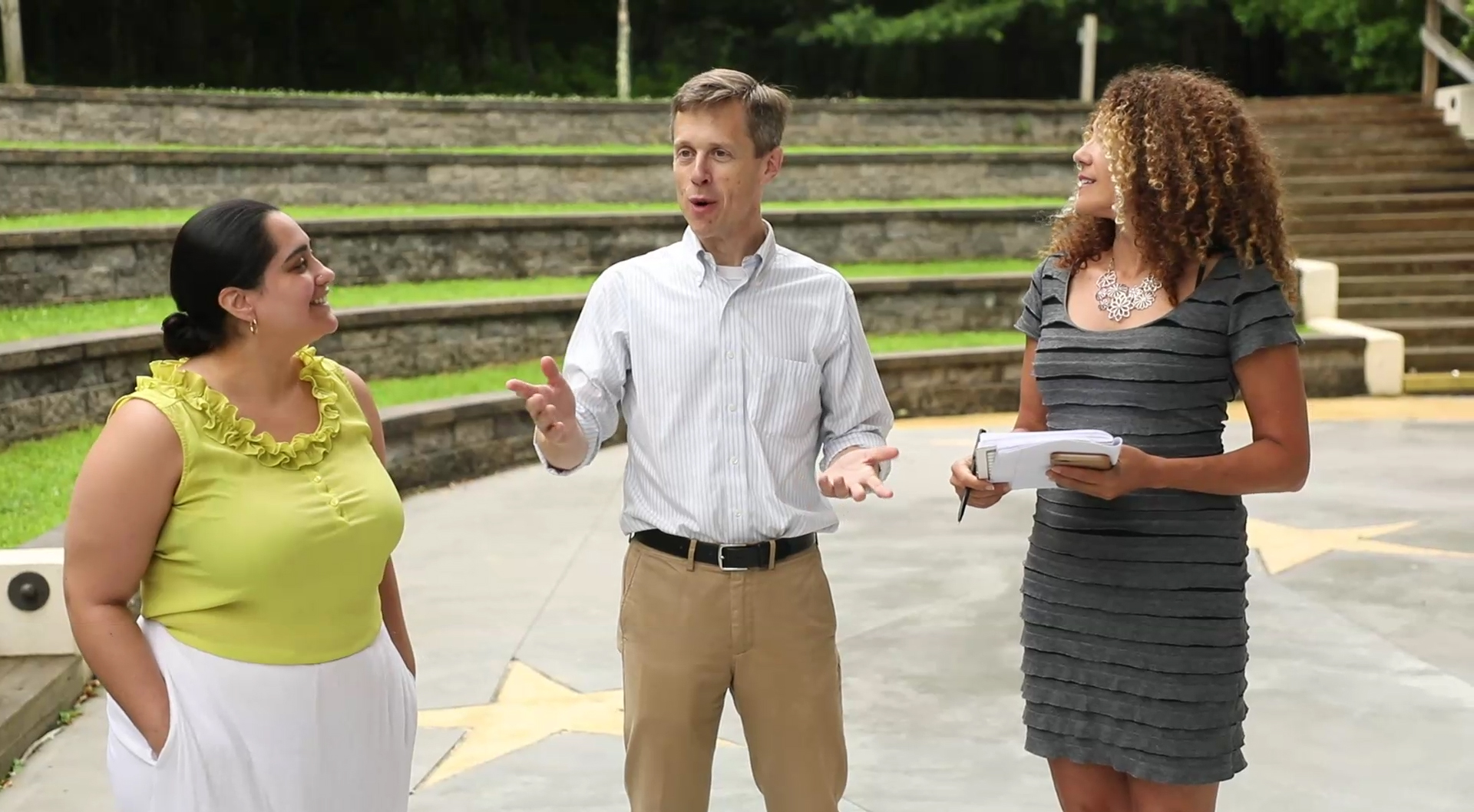
Minerva Perez, leader of Organizacion Latino-Americana of Eastern Long Island (OLA) in New York, created three-hour workshops—called Círculos de Fuerza, or Circles of Strength. The workshops enable Latino families to express their stress and fears in English or Spanish. People can lean on each other for support, all with guidance from licensed mental health professionals.
And it all takes place at the museum.
“We really see ourselves as a safe space, and by working with groups like OLA who are also committed to that same objective, it really is a marriage made in Heaven. And it makes such a huge difference for our ability to achieve our mission,” Long said.
“The opportunity to work with OLA has had a huge impact on our community.”
The Future of the Museum as a Latino Hub
Thanks to all these programs and efforts, Latino families already feel they have a greater voice in the community, Long said.
Parents also can better navigate the educational system once their children enter school.
These successes also have potential to ripple beyond Bridgehamptom.
The museum just won $527,400 in state funding through the Long Island Regional Economic Development Council to build a new 4,000-square-foot facility in Riverside’s Ludlam Park.
Long said the project, being developed with help from the Town of Southampton and several community groups in Flanders and Riverside, will also train artists and educators to help deliver programs to the community.
Long said that they are hoping for early 2020 as an opening date for the project.
“The community work and children’s museum model partnership should be mimicked in everywhere to create a cultural hub for the community,” Long said.
By The Numbers
44
million
immigrants live in the United States
This success story was produced by Salud America! with support from the Robert Wood Johnson Foundation.
The stories are intended for educational and informative purposes. References to specific policymakers, individuals, schools, policies, or companies have been included solely to advance these purposes and do not constitute an endorsement, sponsorship, or recommendation. Stories are based on and told by real community members and are the opinions and views of the individuals whose stories are told. Organization and activities described were not supported by Salud America! or the Robert Wood Johnson Foundation and do not necessarily represent the views of Salud America! or the Robert Wood Johnson Foundation.

